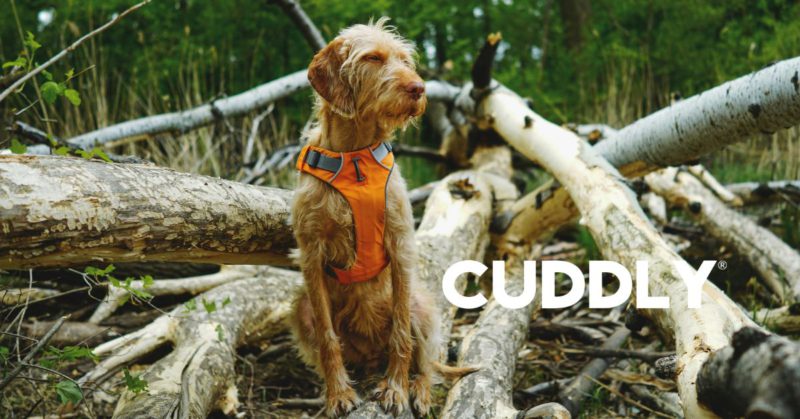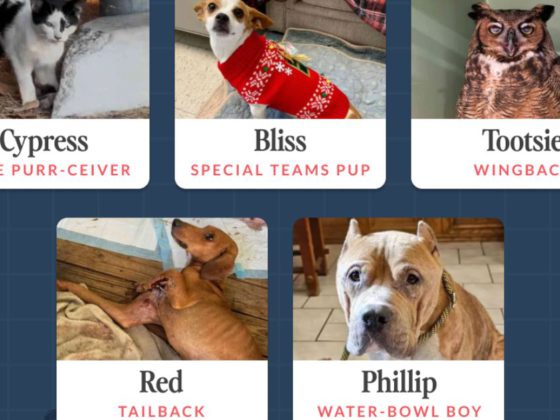Your essential checklist to plan ahead for natural disasters or emergencies
Why is it important to have an emergency plan?
Talking about natural disasters and emergency preparedness isn’t easy. It’s a topic that can stir up a lot of anxiety, but the best way to combat those feelings is through action. By developing a clear emergency plan for you and your pet, you can rest assured knowing that you’re prepared to tackle anything life throws at you. Plus, making sure your pet is prepared also helps first responders. When your furry friend is safe and accounted for, rescuers can focus on helping others who need immediate assistance.
What do I need to do to prepare?
Many pet owners include an emergency essentials kit and an evacuation plan in their preparedness strategy. Let’s start with the essentials kit. This is a sealable plastic tote (or other waterproof container) filled with everything your pet may need for a few days away from home.
Here’s a checklist for items you may want to include in your essentials kit:
Food for three to seven days
A can opener if your pet eats canned food
Clean drinking water for at least three days
Bowls for food and water
Sturdy carriers, harnesses, and leashes
Collars with your pet’s name and your contact information
Copies of pet medical history, vaccination records, and proof of ownership
Include physical copies in a waterproof container, or a flash drive of digital copies
A first aid kit
Including cotton bandage rolls, bandage tape, scissors, antibiotic ointment, and isopropyl alcohol
Your pet’s medications
Including anti-anxiety meds in the event of travel
Dog waste bags, cat litter pan liners, or even newspapers
Collapsible beds
Basic grooming items, including pet wipes, shampoo, nail trimmers, brushes
Easily transportable toys that can give your pet some sense of familiarity and reduce stress
With the essentials kit out of the way, let’s move on to emergency evacuation planning. In creating a plan, it’s important to be aware of what resources are available near you and to know who can help you in a crisis. Having this information easily organized and accessible means less scrambling when you’re short on time.
Here’s a checklist for developing a pet-friendly evacuation plan:
Keep a list of reliable friends, family, boarding facilities, etc., that can care for your animals in an emergency. Include their phone numbers and addresses.
Remember that many hotels and shelters don’t allow pets unless they are service animals. Research pet policies before adding emergency housing to your evacuation plan.
Train your pet to enter their carrier calmly so getting out quickly isn’t as much of a hassle. Use treats and rewards to help your pet create positive associations with their carrier in their day-to-day lives.
Make sure your pets are up to date on vaccinations.
Make a buddy system with neighbors you trust, ensuring that someone can care for or evacuate your pets if you aren’t able to.
Consider having your pet microchipped by a vet to ensure your name and address are traceable if your pet gets lost.
Having a plan for pet-focused preparedness comes with numerous benefits. It grants you peace of mind, protects your pets, and saves lives. Trust us, your pet—and your future self—will thank you!













